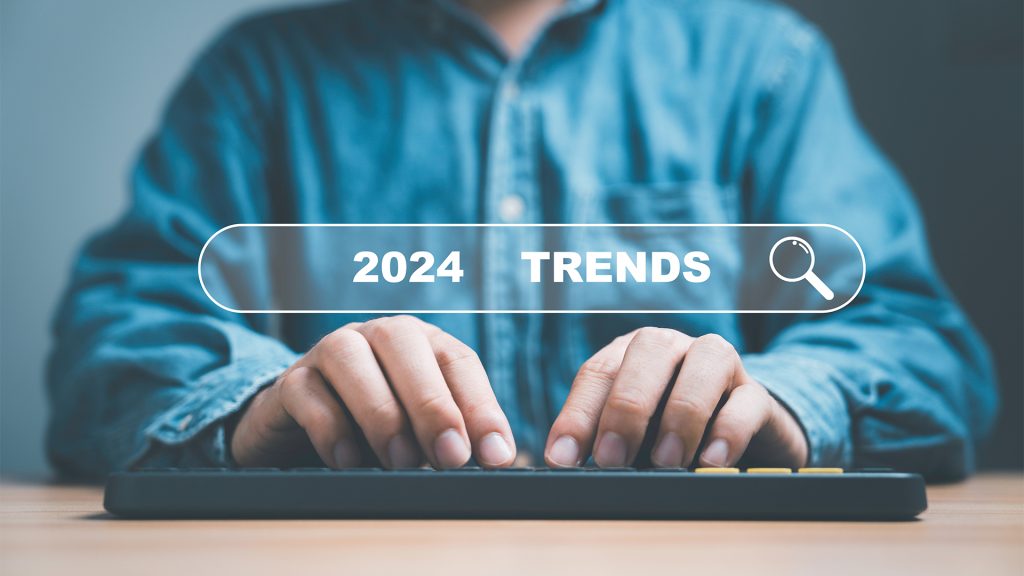If you’re looking to stand out from the crowd as a business, you could do much worse than focusing on personalising your customer service. In fact, in 2018, Accenture found that 91% of customers were more likely to work with a business that remembered them and offered relevant recommendations. Creating a memorable, personalized customer experience can make your clientele feel special, valued, and keep them coming back for more.
There are many ways you can incorporate personal touches into your existing customer service processes. As you look for ways to offer that more personalised experience for your particular customers, consider the five tips listed below:
1. Try Contact Centre as a Service (CCaaS)
If you’re a small business, it might seem impossible to compete with a larger business’s customer service department. Fortunately, there are options you can take advantage of. Contact Centre as a Service (CCaaS) is another permutation of the Software as a Service (SaaS) trend, allowing businesses of all sizes to put cloud computing to use for them.
What does this mean for you? If you’re looking to centralise the way that customers contact you, CCaaS can help. Many providers now offer services that are native-built in the cloud, which results in lower overall costs and a lower bar for entry. If you’re looking for CCaaS in the UK, make sure you ensure the provider you choose is focused on things like providing maximum uptime and any third-party software integration you need.
2. Collect, share and leverage customer data
There’s more data being produced and stored today than ever before. In a Harvard Business Review article from 2018, the author estimated that in a couple of years, we’d be producing 44 zettabytes of data every day. That number, if you’ve never seen it before, is the same as 44 trillion gigabytes. Each gigabyte could hold as much as the number of books in a 30-foot-long bookshelf.
Maybe you’ve got a Rolodex and a file cabinet or a customer relationship management (CRM) software platform you’re particularly taken with. Either way, you should make sure you use the customer data you’ve collected to offer consumers better service.
Digital solutions are easier here, and not just because they take up less space. Digital records can also be shared between departments of a larger company to ensure that there’s coordination around a specific client’s issues.
3. Offer personalized recommendations
Think about the difference between visiting a local bakery versus shopping at the bakery counter of a giant supermarket. The local baker is much more likely to develop a relationship with you, to learn your regular order, and to be able to offer you a recommendation you’ll actually enjoy. That’s why you keep going back.
Personalized recommendations follow the same strategy, and there are three approaches you can take:
- Segment-based or persona-based—If you’ve developed buyer personas or your customer base has clear segments, this can be an effective approach. Rather than actually catering to each customer, you match them to a segment or persona and offer them a recommendation on that basis. Maybe you use location or job title; whatever the case, this can be effective if you’ve got the right data.
- Automated personalization—Think Amazon’s ‘buyers like you’ feature for this approach. An algorithm runs in the background of the site, using a customer’s browsing history in the shop, their past purchases, etc. With that information, you can then generate personalized coupons or recommendations on the homepage for a given customer. Automated tools can help with e-commerce in a range of ways.
- Actually, ‘personal’—This is where software like CCaaS can help. If you’ve got a CRM solution, your customer service team can refer to records of past interactions with a given customer. That means your reps can give truly personalised feedback and assistance. For example, if a given customer has run into the same problem a couple of times, your rep could mention this and try to give them more permanent solutions.
4. Ensure smooth transitions
Sharing data can help your business’s representatives offer personalised service to your customers, but it can also do something else: ensure smooth transitions.
Your employees may have to hand a customer off for a variety of reasons, whether it’s to another team, their own supervisor, or someone else. In order to create a personalised experience, and to maintain it across different departments, make sure everyone who needs it has access to the same information.
The last thing you want is for a customer to have a good experience with one part of your company—only to be left hanging. Keeping things moving is a good way to make sure customers end up satisfied with their experience.
5. Offer more than one channel
You want to be sure that your customers have multiple ways to get in touch and interact with your customer service representatives. That way, you can be sure that you’re meeting your customers or clients where they are. This gives you a better chance of creating the kind of personalised experience that will keep any given customer happy.
Maybe one customer prefers calling, while another might prefer to interact with a chatbot so that they can get an answer to their question no matter the time of day. Email is an easy-to-implement contact solution preferred by many busy clients who don’t have the ability to make phone calls during business hours. Giving your customers multiple options means they’ll be better able to engage with your business in a way that suits them. Ensure your various contact options are displayed clearly, and easy to find on your website, business cards, or social media pages.
Final thoughts
Providing a personalised customer service experience can help your business in all sorts of ways, whether it’s more trust with your customers or higher sales rates. Aside from the pleasure your clientele receives from personalized experiences, your business could benefit from increased word-of-mouth advertising from happy patrons.
So, do your part to be the local bakery, not the counter selling a half-stale Danish. Your customers will thank you for your repeat business.








